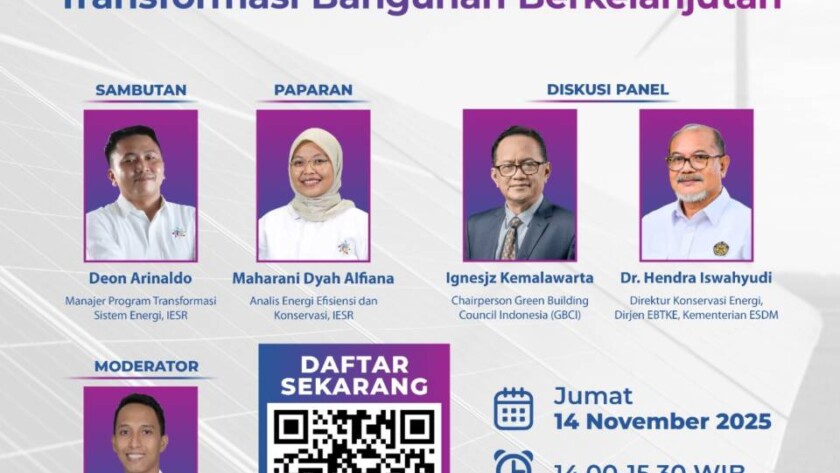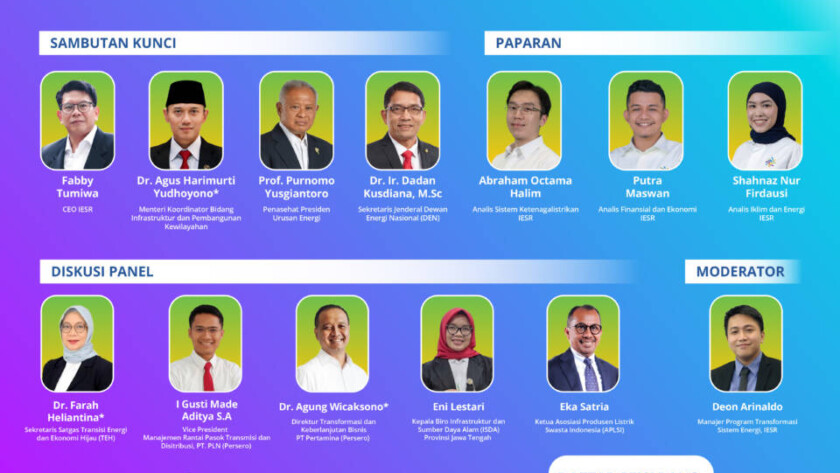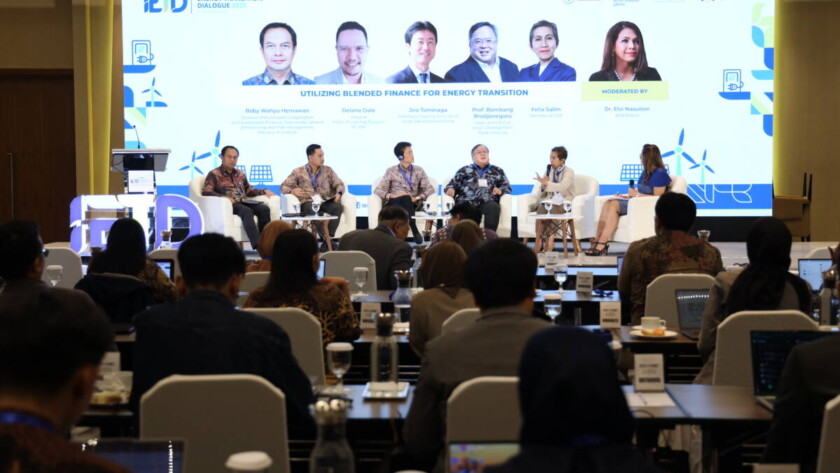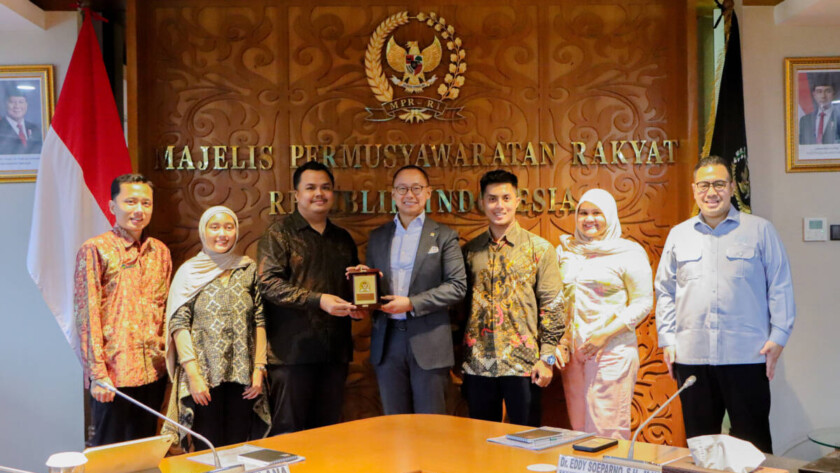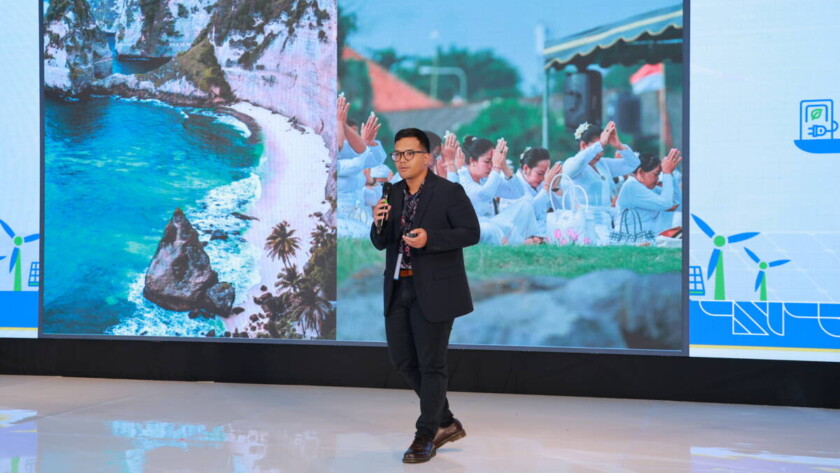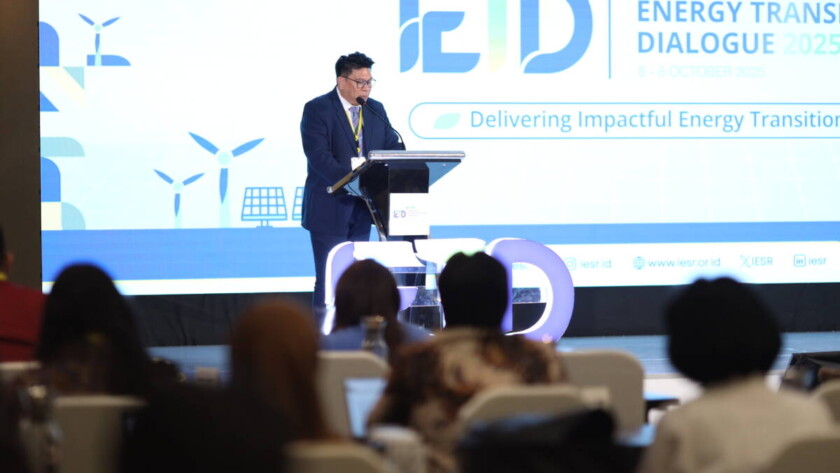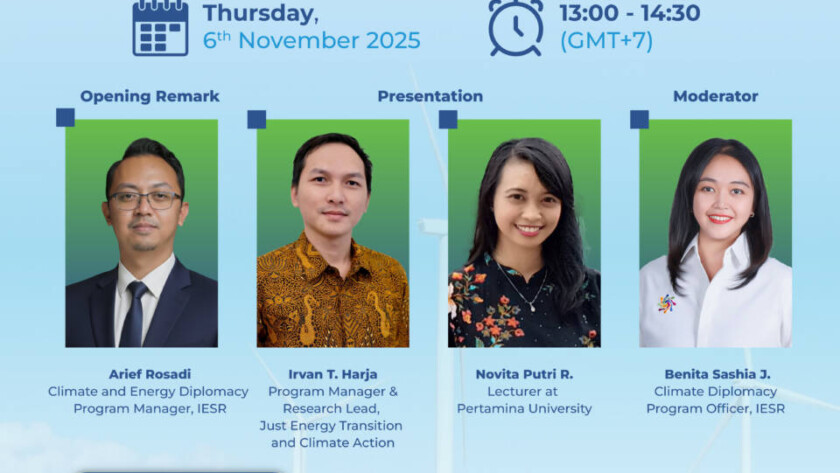Background
The progress and developments in Indonesia's energy transition are specifically reviewed in one of IESR's flagship reports, launched every year-end: the Indonesia Energy Transition Outlook (IETO). Published since 2018, IETO, formerly named the Indonesia Clean Energy Outlook (ICEO), aims to regularly monitor the progress and developments of Indonesia's energy transition, and to identify challenges…
